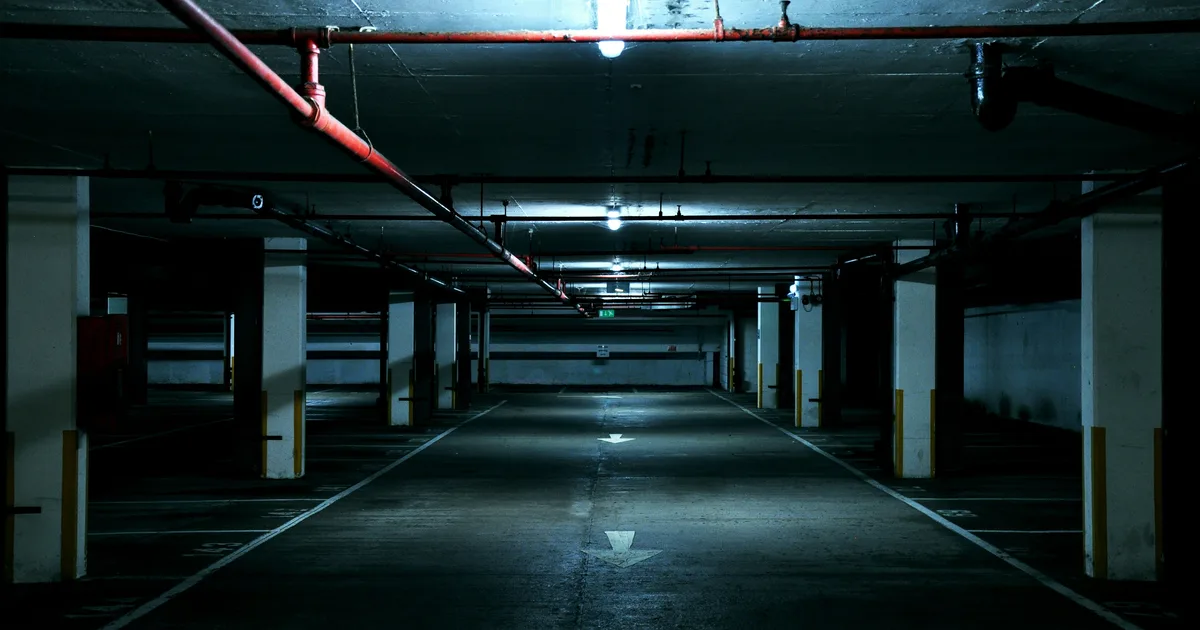

This Spring marks 20 years since the release of Bullet Boy, Saul Dibb’s film about a young man called Ricky (played by Ashley Walters) who tries to resist being dragged into a cycle of gun violence after returning home from prison. It explores Ricky’s personal battles, but also his influence over an impressionable younger brother, Curtis, and the painful disappointment of his mother, Beverley, who tries to hold her family together.
I watched Bullet Boy on VHS at my friend’s house in year 10, during the same summer holiday that we had started to venture independently into London proper from the western Heathrow suburbs. Its tender, if shocking, portrait of community life in Hackney on the other side of the capital – the representation of Black British household dynamics, the institutional failings that subtly pepper scenes and the way it shows the ease with which inner-city pressure can overwhelm even the best intentions – has stayed with me ever since.
Which is why I found it so powerful rewatching it recently at the British Film Institute in Southbank as part of an event curated by Clive Nwonka, Associate Professor of Film, Culture and Society at UCL. After it ended, Nwonka sat with actor Clare Perkins (who plays Beverley) and an older, wiser Ashley Walters to talk about its legacy.
Over the last two decades, Walters has become one of the most recognisable faces on British television via his roles as drug dealing king pin Dushane in Top Boy and DI Luke Bascombe in Adolescence. He has therefore played a unique hand in shaping public perceptions about lesser-understood corners of British society and youth culture. Hearing him reflect on stage about how far he has come since his portrayal of Ricky – at the time, he had just left prison himself after achieving stardom as a member of So Solid Crew – left me thinking how, over the same period, violence affecting children and young people has shifted, too.
For hundreds of years we have been becoming a less violent society. In the 13th century, there were about 20-25 homicides per 100,000 people in the UK and Ireland. This reduced to a low of 0.3-0.5 homicides per 100,000 people in the 1930s to 1950s. Homicides increased over the latter half of the 20th century, before decreasing again.
The trends since Bullet Boy hit cinema screens are mixed. There was a peak in violent offences committed by children in 2007, then numbers fell until 2017, which – as my book Cut Short explores on the ground in south London – saw another peak alongside soaring homicide rates before the pandemic hit. Worryingly, the latest data shows another year-on-year increase. The number of hospital admissions for knife assault amongst 0-17 year-olds is up 9% compared to a year ago and 58% percent compared to a decade ago.
In other words, it’s easy to assume from the hysteria of social media and doom-mongering of the tabloid press that things are always getting worse, but the picture is complicated. At the same time, there is still clearly so much to be concerned about.







